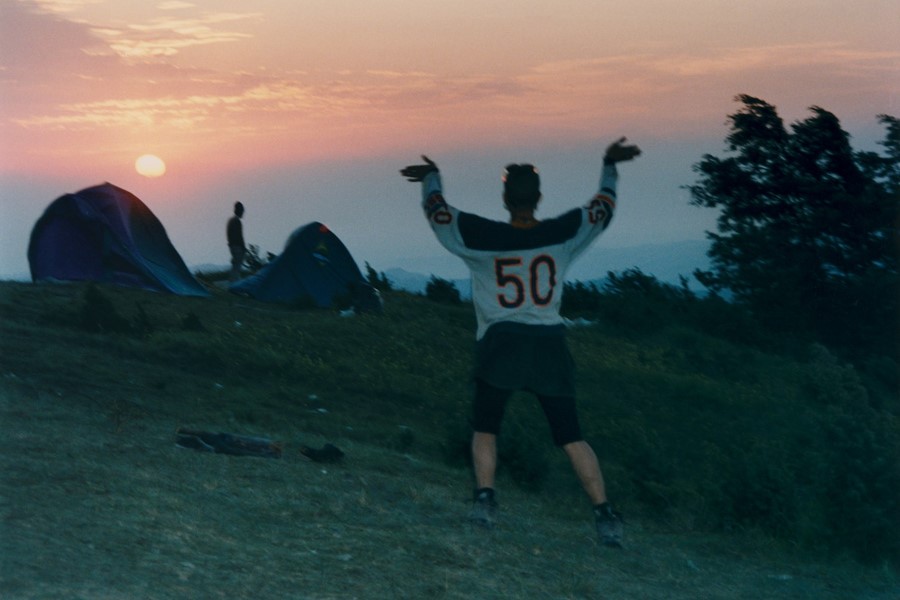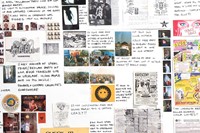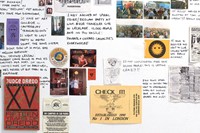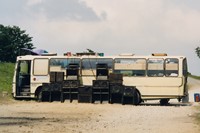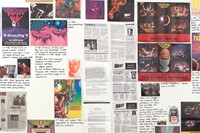As her first major exhibition opens as part of the Saatchi Gallery’s multidisciplinary show Sweet Harmony: Rave, artist Vinca Petersen remembers the moments and nights which defined the 1990s acid house era
In the recollection of most survivors of the 1990s acid house scene, raves happened in fields, factories, car parks, pub basements and bastardised open-plan offices. If you had a number, a set of directions, a bag of diesel-strength uppers and an Ordnance Survey map, you could wave goodbye to practiced codes of sobriety and contemplate new frontiers. But for artist and photographer Vinca Petersen, the best raves always unfolded in the mind. Raves – the organised illegal gatherings where dancing felt like the march of a protest – were a true spiritual awakening for Petersen, and her work has long explored the enduring afterglow of the youth movement.
In her first major exhibition as part of the Saatchi Gallery’s multidisciplinary show Sweet Harmony: Rave, opening today, Petersen has gathered ephemera from the era to honour the importance of fun and the shared experience. Rave flyers, doodles and other less identifiable objects which take you on her journey from the 90s to now. “The only thing I’ve ever been interested in is the two-way flow of energy between people,” she tells me. “I want the show to spark things in people that I get from other people; a reminder of the freedom of thought, the freedom of mind, the freedom of heart.”
In the middle of exhibition space is a large inflated bouncy castle, which was originally commissioned to entertain special needs children she would visit during trips to Eastern Europe and West Africa in the early 2000s. For the show, the castle stands to infantilise the visitor; to break down conventional barriers between performer and audience. “I didn’t want it to be a straightforward gallery show, but I also didn’t want it to be something pretending not to be a gallery show,” Petersen says. “I’ve always believed in a kind of rhizomatic way of spreading things, the opposite of hierarchical. The idea that everyone is important and that everyone can reach everyone.”
Here, Petersen goes on a drift through YouTube in search of memories from the rave.
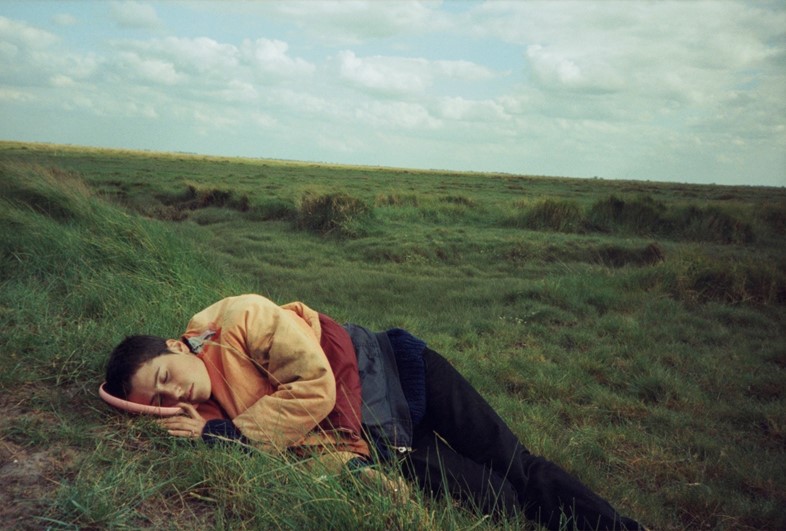
Elevation at the Roller Express
“I was living in London and Kent when I was going to the Elevation raves, they always had a really brilliant atmosphere. They were fun and uninhibited, in kind of a humorous way, I guess no one cared about being silly, which was really nice. For someone in their early twenties out in the world, it was just nice being able to play again, I guess. Elevation raves always had a similar crowd and vibe, the music was very bouncy and brilliant.”
Exodus Free Rave
“Exodus were a squat collective who had headquarters in Luton. Some of the parties transcended just a rave, and had a strong sense of unity about them. If you were there, you were really part of something and there was a lot of mutual respect. They were a tough crew, but they knew how to put on a really good rave, it almost felt like you were in a really good club. There were anthems, songs that people would sing that were to do with ‘exodus’ in general. They had one tune that they always played last, and everyone knew the words to. It was just called the ‘Exodus tune’ and you would leave on this like real high, of family and unity.”
Spiral Tribe
“Spiral Tribe were people that I ended up spending most of my young adult life with. Initially, I had discovered them in and around London while putting on free parties. I wanted something a bit more intense than some of the rave club nights. Firstly, they were just brilliant parties with much harder music – what I used to call ‘stomping techno’. DJ Ixindamix played the most brilliant, bouncing techno that was so hard but had a really uplifting beat, which I loved. They really are like a family. For me, they were the beginning of something.”
DIY Sound-System
“This was more of a one-off, but it is one of my major raving moments. ‘DIY’ sounds were quite fluffy, and they were known for their fluffy house tunes. It wasn’t the kind of thing I wanted to listen to on nights out, but on Sunday or Monday mornings, it was brilliant – the definitive chill-out sound-system. One massive moment for me was listening to them at Castlemorton free rave on the side of a hill: I ended up looking out across this mad town of ravers and sound-systems, as the sun came up.”
Desert Storm
“I lived on the road in Europe, and Desert Storm was born in Scotland. They were just wild; they had no fear. They’d take the sound-system down to Sarajevo, just at the end of the war. They did a lot of Reclaim the Streets demos, and they’d be the ones in the trucks at the front of the demonstration. They knew they were going to get arrested and that their sound-systems would be stolen, and they didn’t care. They were a lot of people’s heroes, in this way, but were all pretty down to earth when you talked to them.”
Sweet Harmony: Rave is on at London’s Saatchi Gallery until September 14, 2019
